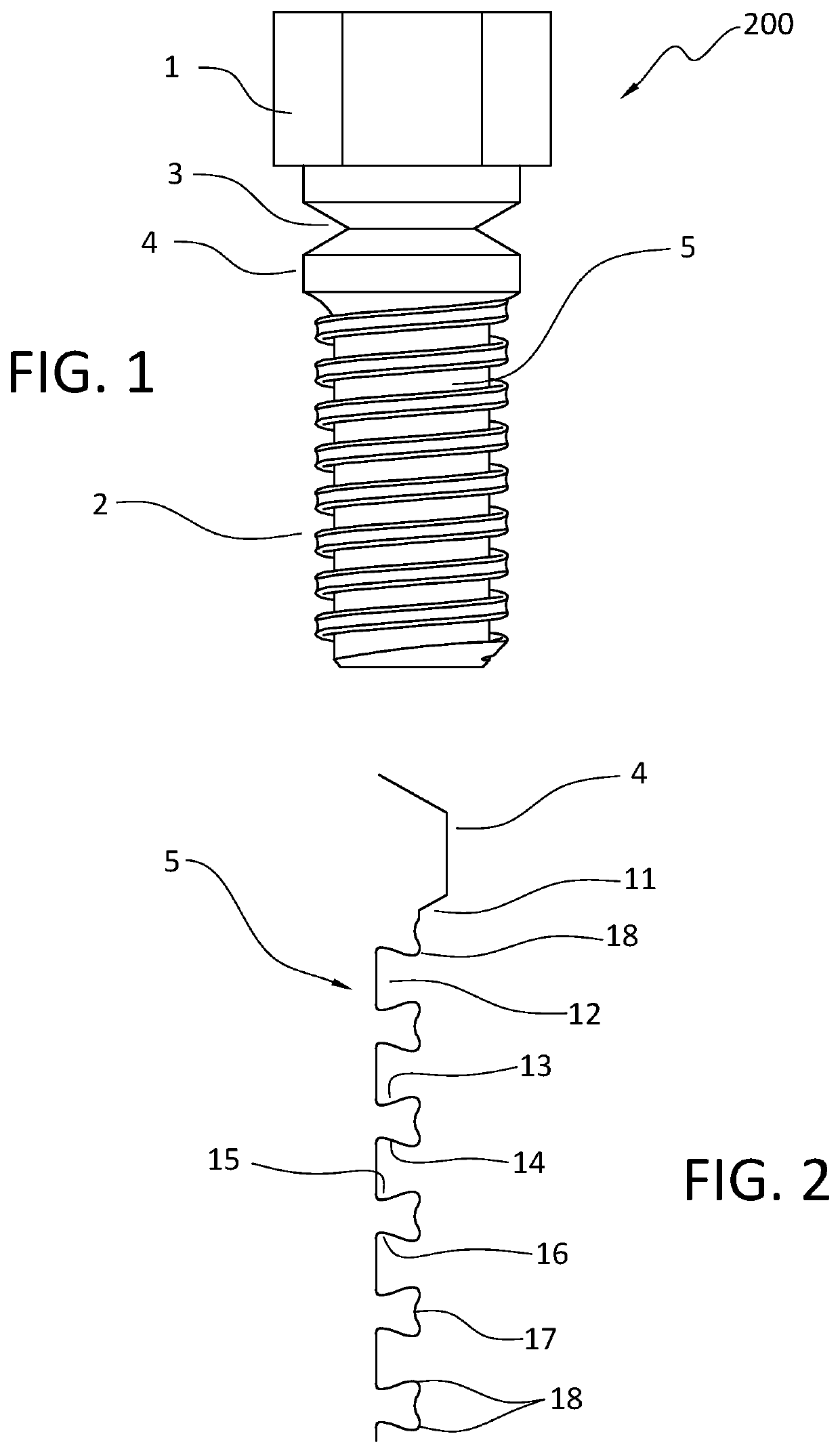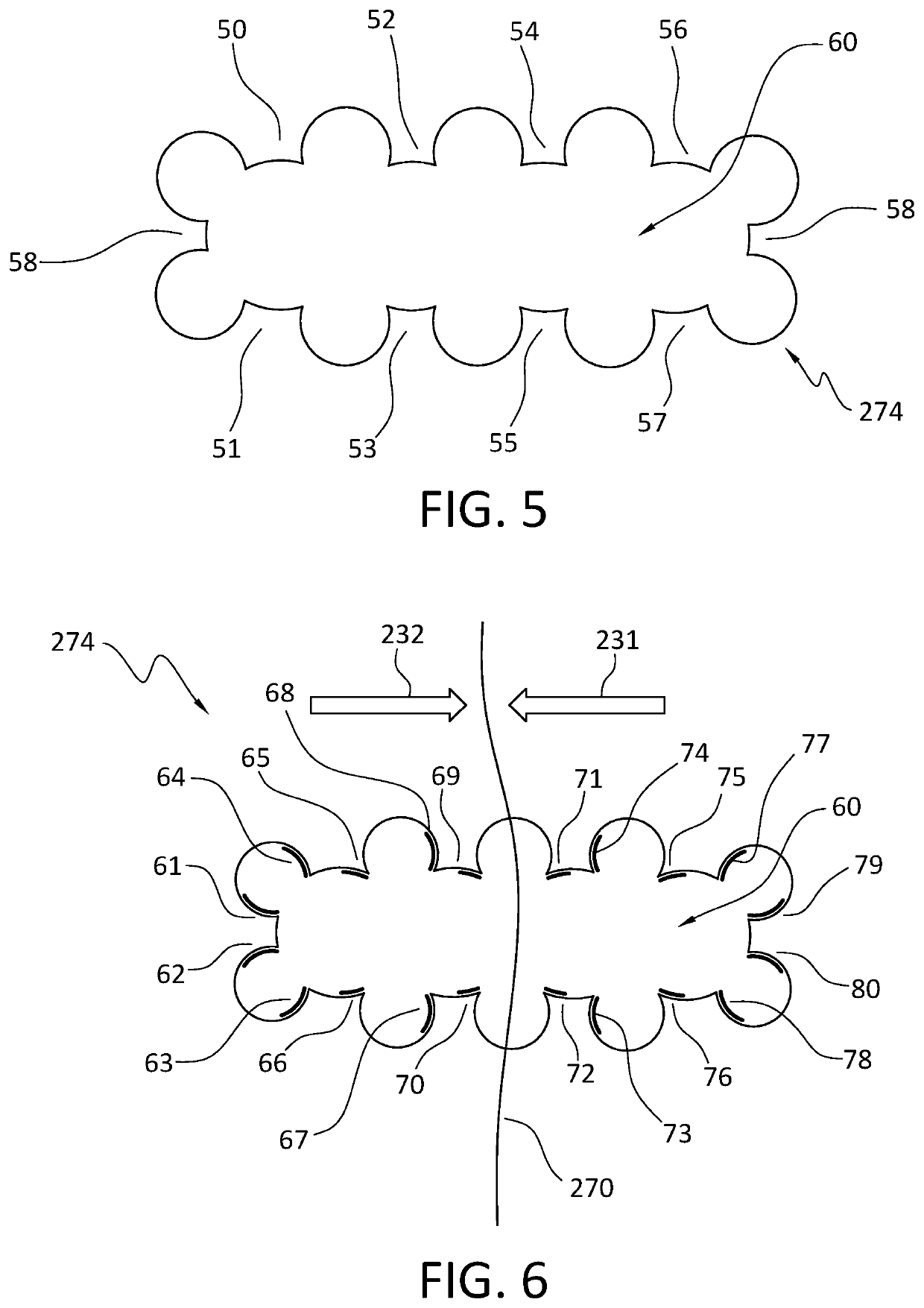Lock and pin combination for cold working cracks
a technology of locking pins and cracks, applied in the direction of drill jigs, etc., can solve the problems of difficult repair of cast metal parts, large size of cast metal fabrications used in many applications, and high cost or non-replaceability, so as to enhance friction fit and stress distribution, secure repair of crack damage, and strong repair
- Summary
- Abstract
- Description
- Claims
- Application Information
AI Technical Summary
Benefits of technology
Problems solved by technology
Method used
Image
Examples
Embodiment Construction
[0035]The features of the present novel invention are set forth with particularity in the appended claims. The invention, together with further objects and advantages thereof, may best be understood by reference to the following description taken in conjunction with the accompanying drawings,
[0036]A method and apparatus for repairing a casting in a cold metal repair process includes a plurality of drilling fixtures which facilitate the creation of one or more lock receiving recesses positioned generally transverse to the casting material crack. The lock receiving recesses are :loaned of two circular bore combinations having “medium-sized” and “large” circular portions to maximize strength. The large circular portions slightly overlap each other in line. The medium circular portions surround the large portions, each spaced from the other, defining pinch points and contact areas. A single or plurality of correspondingly configured metal locks are inserted into the lock receiving reces...
PUM
| Property | Measurement | Unit |
|---|---|---|
| strength | aaaaa | aaaaa |
| size | aaaaa | aaaaa |
| metal structure | aaaaa | aaaaa |
Abstract
Description
Claims
Application Information
 Login to View More
Login to View More - R&D
- Intellectual Property
- Life Sciences
- Materials
- Tech Scout
- Unparalleled Data Quality
- Higher Quality Content
- 60% Fewer Hallucinations
Browse by: Latest US Patents, China's latest patents, Technical Efficacy Thesaurus, Application Domain, Technology Topic, Popular Technical Reports.
© 2025 PatSnap. All rights reserved.Legal|Privacy policy|Modern Slavery Act Transparency Statement|Sitemap|About US| Contact US: help@patsnap.com



